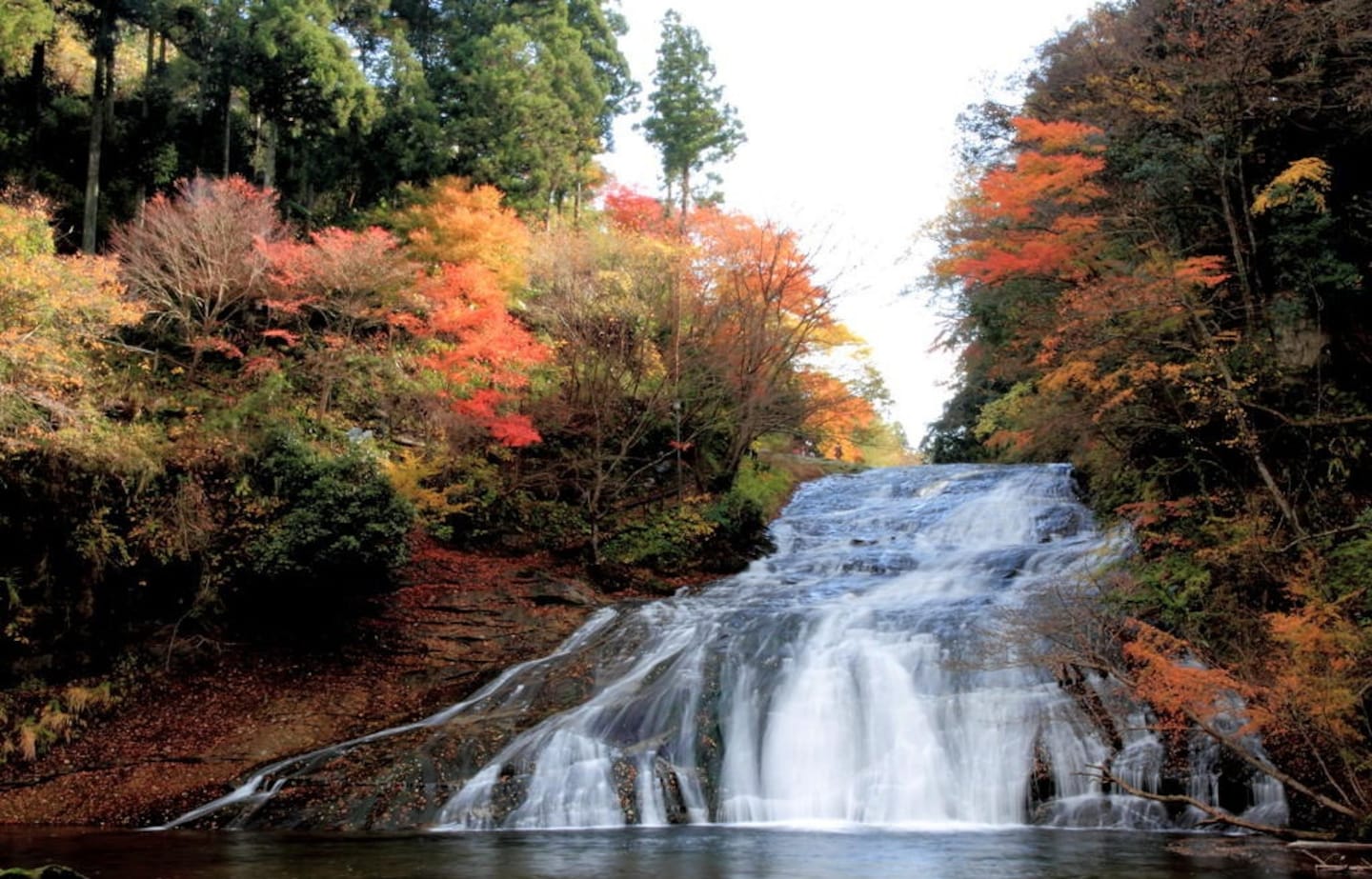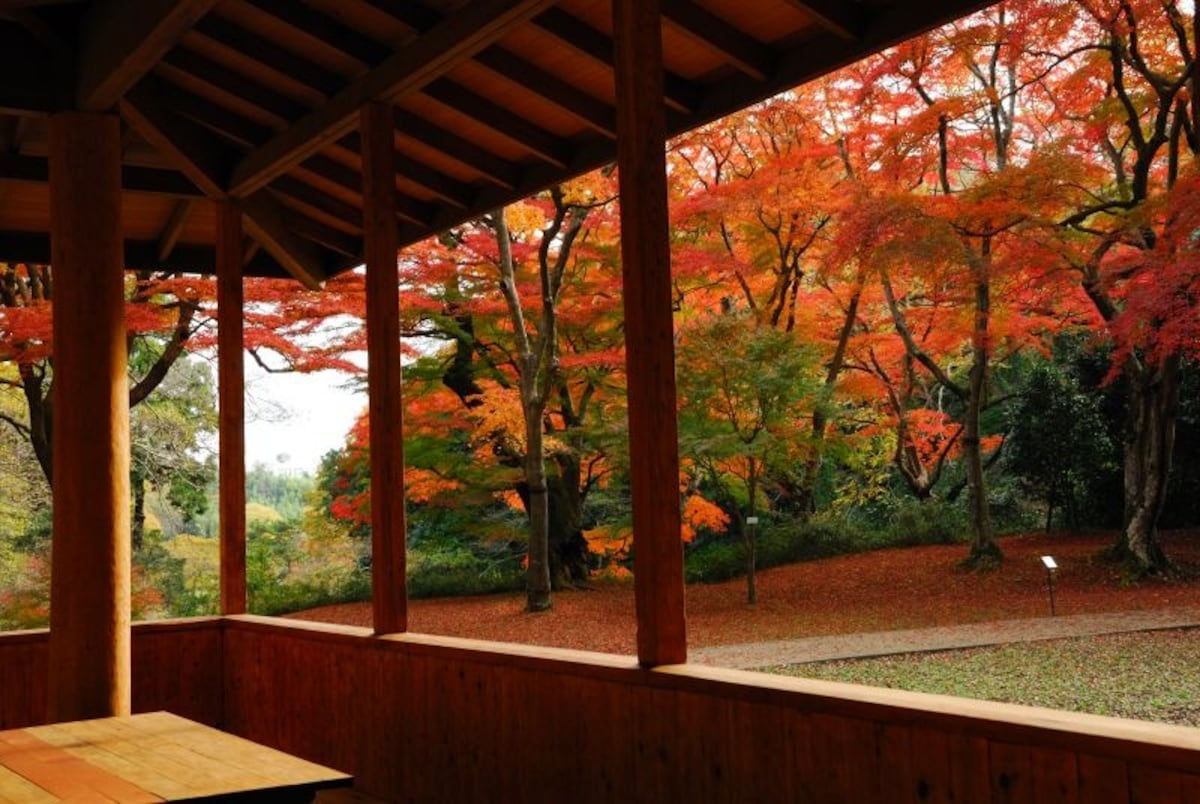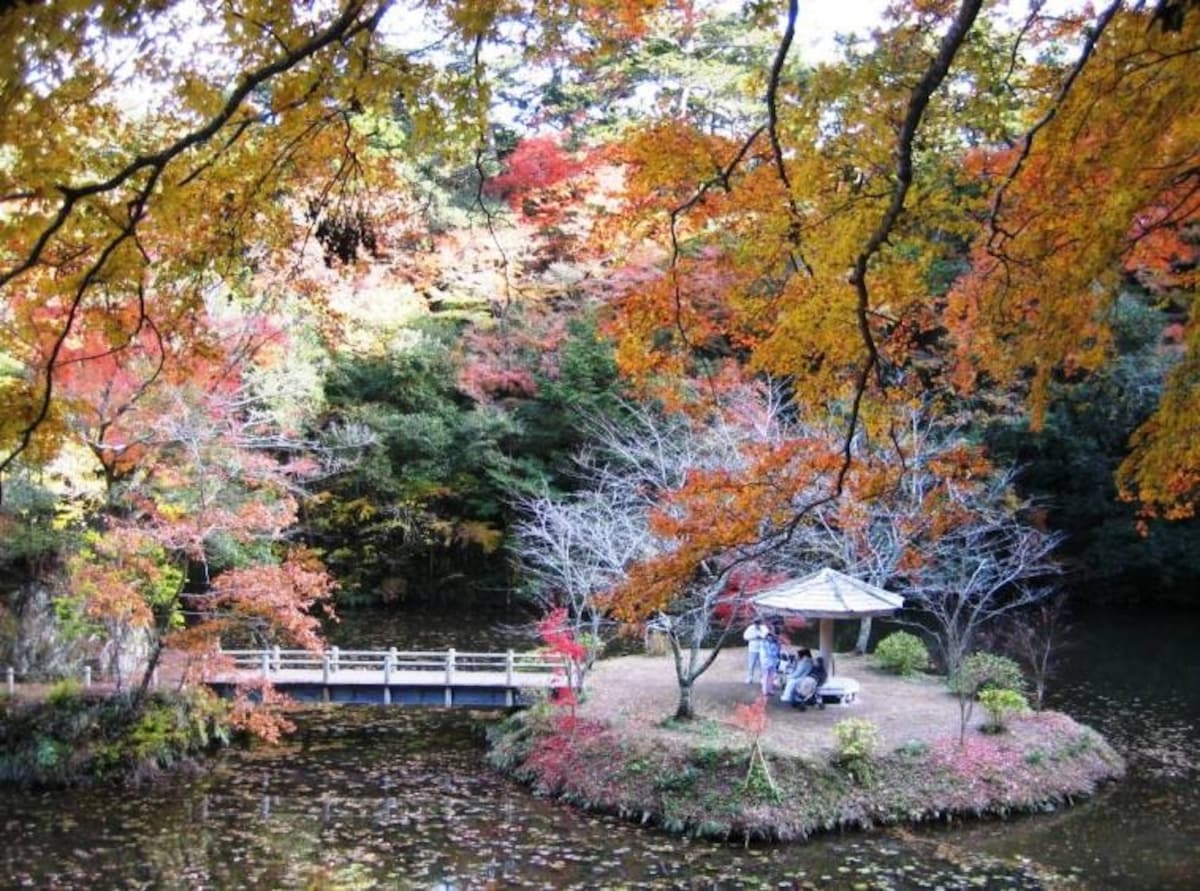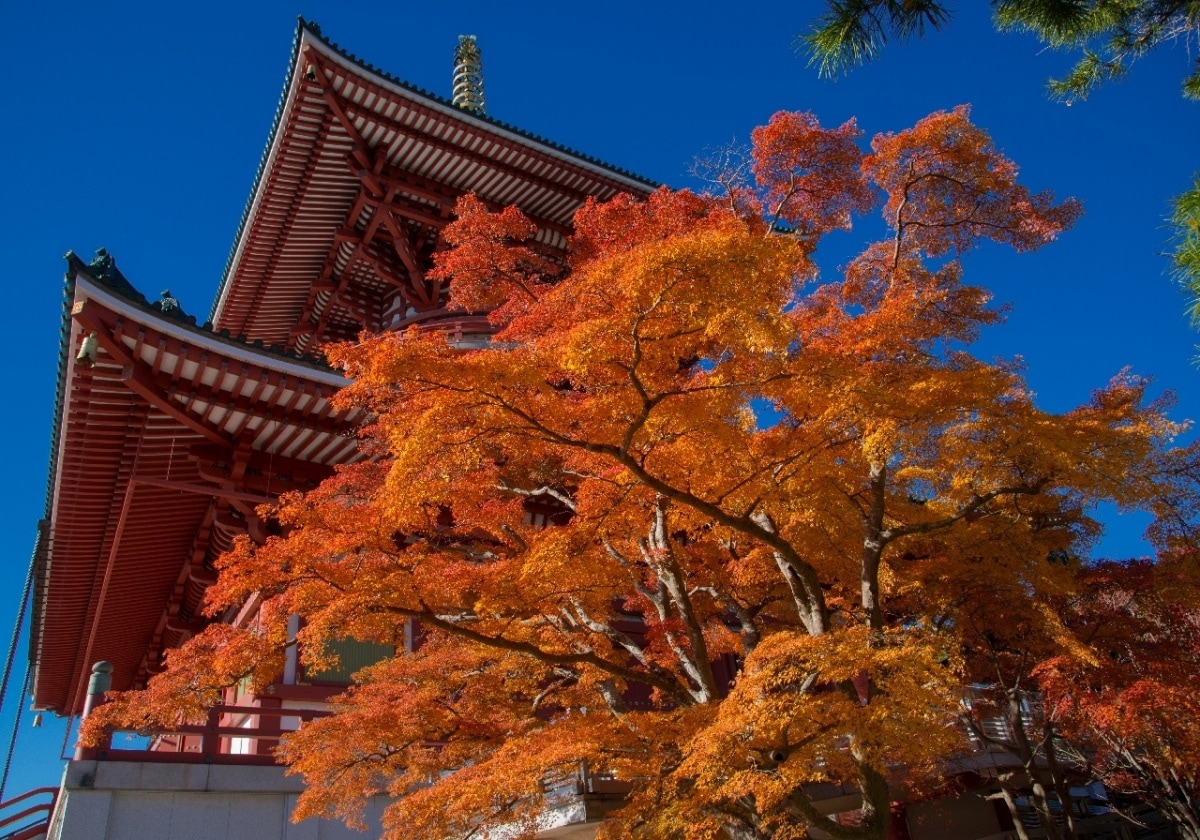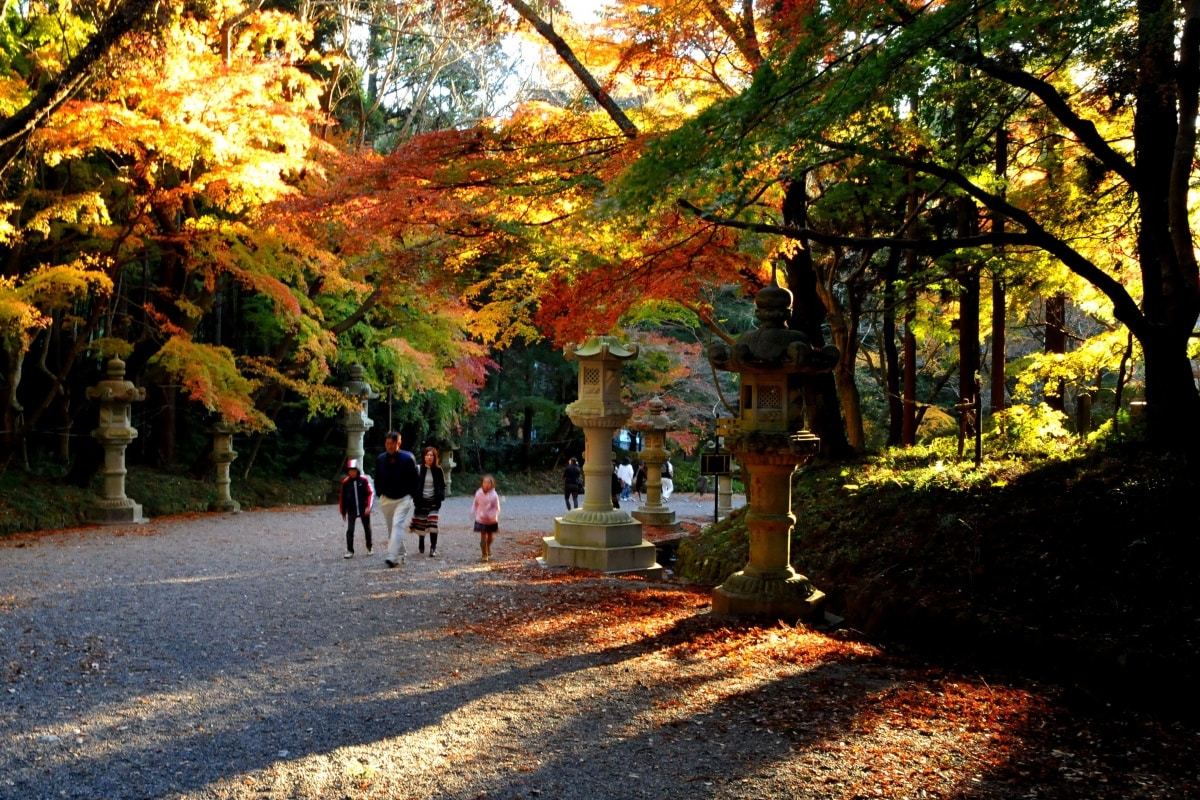5 Stunning Fall Spots on the Boso Peninsula
Late in November, take a trip to the Boso Peninsula in Chiba to enjoy the spectacular colors of Japanese maples and ginkgo trees in an array of vibrant reds and yellows. These wonderful and mysterious places are all conveniently within two hours by train from Tokyo station, but a world away from the hustle and bustle of the great metropolis.
By Sean Gearoid O'Siochain5. Sakura Castle Park (Sakura City)
Sakura Castle Park displays its fall colors among the remains of an ancient castle. As well as viewing the natural spectacle of the color change, there’s also the added interest of the old samurai houses, or bukeyashiki, around the castle. These dwellings have been restored to their original condition, giving us an insight into what life was like in the age of the samurai.
4. Komatsu-ji Temple (Minamiboso City)
Komatsu-ji Temple is more than 1,000 years old, with ancient trees and forest paths among which to enjoy nature in all its glory. The forest has a peaceful ambiance only enhanced by the colors of fall from late November to early December. This site was traditionally venerated as a holy place by mountain-worshippers.
3. Naritasan Park & Naritasan Shinshoji Temple (Narita City)
Just south of Katori lie Naritasan Park and the majestic Naritasan Shinshoji Temple, founded more than 1,000 years ago in the year 940. The fall is indeed a special treat for visitors, with 250 trees displaying their fall colors in perfect complement to the iconic Japanese architecture of the temple, while the park hosts an Autumn Leaves Festival during weekends and holidays over the latter half of November.
2. Katori Shrine (Katori City)
Katori Shrine is located on the northern tip of Boso, its main building constructed in the year 1700 at the command of the fifth Tokugawa shogun. There are beautiful pathways through the forest where the oaks, ginkgo trees and maples (momiji) show their amazing color variety. The leaves almost appearing to glow with the sun shining through from above, the majestic ginkgo trees with their golden leaves make a striking contrast with the reds of the momoji.
1. The Yoro Valley (Otaki-machi)
The Yoro Valley, or Yoro Keikoku, is by far the most popular destination in southern Boso for experiencing the brilliant display of fall colors, where bright yellow ginkgo trees and vivid red Japanese maples compete to enthral the visitor. There are cascading waterfalls and deep, thickly forested gorges to explore at your leisure. Nearby is Otaki Castle, which in 1609 housed Don Ridrigo, the former governor general of the Philippines, when his ship was wrecked off the eastern shore of the Boso Peninsula. When he continued his journey to Mexico the next year, it was on a ship designed by William Adams, the real-world model for John Blackthorne in James Clavell’s Shogun, and the first Englishman in Japan.


